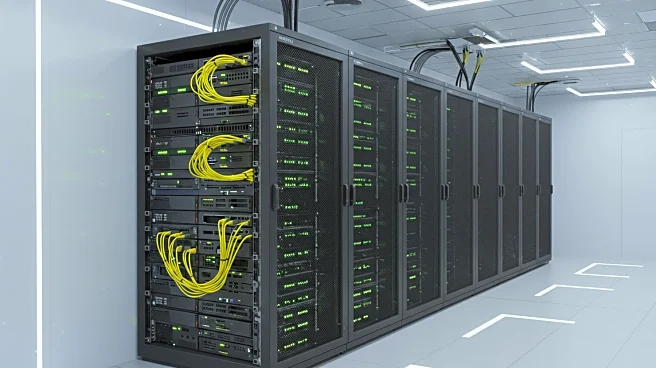What's Happening?
Warlock ransomware operators have targeted the Microsoft SharePoint ToolShell vulnerability, affecting organizations worldwide. According to Trend Micro researchers, the ransomware exploits authentication and deserialization flaws in SharePoint, allowing attackers to gain code execution capabilities and escalate privileges. The ransomware has rapidly spread across North America, Europe, Asia, and Africa, impacting industries from technology to critical infrastructure. The group behind Warlock has evolved quickly, leveraging sophisticated post-exploitation techniques to deploy ransomware and exfiltrate data.
Why It's Important?
The Warlock ransomware campaign highlights the critical need for organizations to patch vulnerabilities promptly and strengthen cybersecurity defenses. The widespread impact of the ransomware underscores the importance of securing enterprise software and systems against exploitation. As ransomware attacks become more sophisticated, businesses and governments must prioritize cybersecurity to protect sensitive data and maintain operational integrity. The incident serves as a reminder of the persistent threat posed by cybercriminals and the need for comprehensive security strategies.
What's Next?
Organizations are urged to patch their SharePoint servers and deploy layered detection capabilities to defend against ransomware threats. The incident may lead to increased investment in cybersecurity solutions and training to prevent future attacks. Collaboration between cybersecurity firms and affected industries could enhance threat intelligence sharing and improve defense mechanisms.
Beyond the Headlines
The ethical implications of ransomware attacks are significant, as they often target critical infrastructure and disrupt essential services. The incident may prompt discussions on the role of international cooperation in combating cybercrime and the development of legal frameworks to address ransomware threats.











